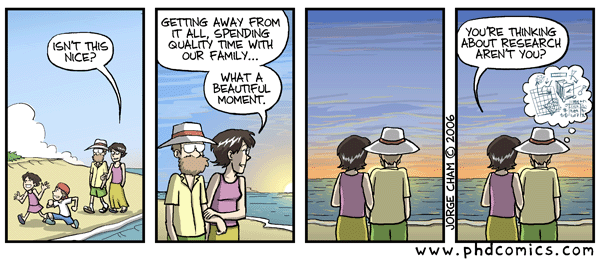"Surprise modeling", pioneered by Eric Horvitz of Microsoft Research's Adaptive Systems and Interaction group, has led to a traffic-monitoring tool (for the Seattle area) called SmartPhlow, which focuses on alerting users to surprises in traffic patterns rather than the congested points everyone is supposed to know about. Using several years of traffic data, Horvitz and his group estimated traffic conditions, to represent the expectations of knowledgeable drivers, and have then concentrated on predicting the moments when the "data shows a significant deviation from the averaged model". The system, when set to a false-positive rate of 5 percent (which means that the chance of the system predicting a surprise when there's none is 5 percent), "tips drivers off to 50 percent more surprises than they would otherwise know about." While the system is not available for download on the Web by the general public, "more than 5,000 Microsoft employees" are said to have installed it on their smart phones.Comment: My operations research skills are outdated, and I had not known about this approach. However, it is a great idea. I can think of all sorts of applications. How about putting a surprise monitor into biomedical tracking systems? How about migration data?
The Technology Review list is also interesting. It includes ways to make electronics smaller and more efficient and wireless power, as well as ways to better predict and understand human behavior. I am more doubtful about its prediction of new enzymes to transform lignocellulose into a liquid fuel, since I managed a program with that objective for more than a decade, several decades ago. But the list should combine both importance and feasibility as estimated by experts. JAD

No comments:
Post a Comment